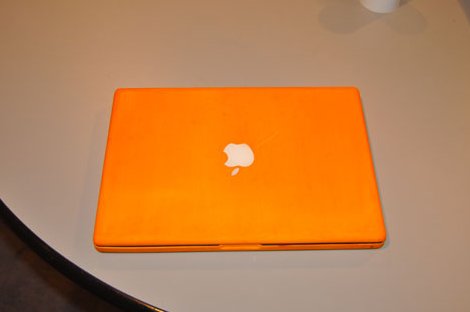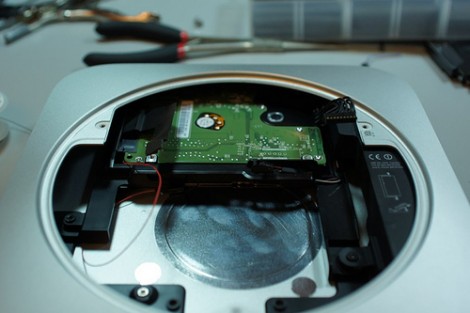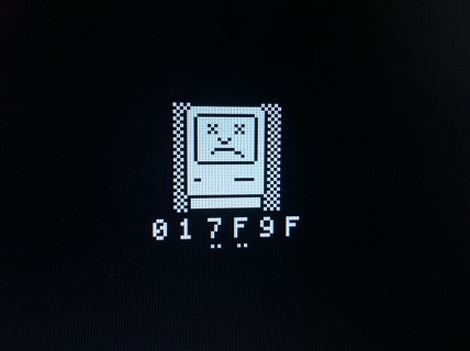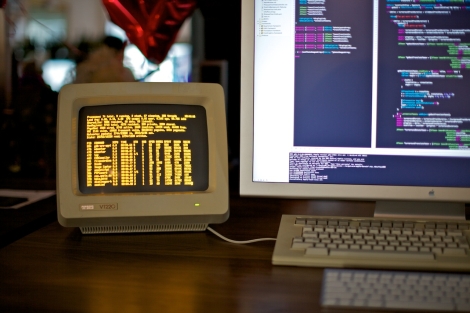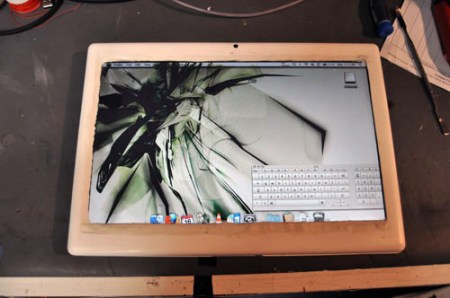
Remember the times before the iPad existed? When a tablet PC was actually a full computer in a tablet form factor? Yeah, those days we were all so very optimistic about the future of tablet computing. Don’t think we don’t appreciate the new amazing toys that we’ve got around with the plethora of tablets to choose from, but we still dream of fully functional tablet computers.
[Brian] wrote in to show us his build of a fully featured tablet macbook conversion dubbed the MessagePad. Though we’ve seen a wide selection of home spun tablets before, this one has an impressive list of added features. It boasts both front and rear facing cameras, an SSD drive, a built in Teensy, and a line-in. It doesn’t matter if you believe in the dream of a full blown pc in tablet format, or if your preference would have been a Windows or Linux machine. You’ll surely love the bevy of photos he took along the way as he was hacking and slashing on this thing.

